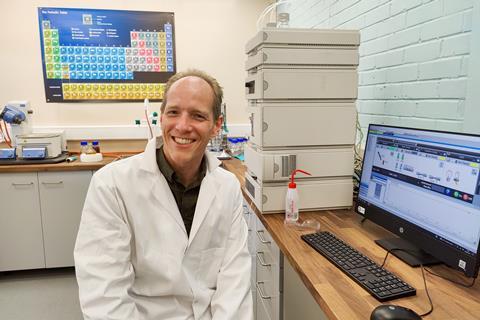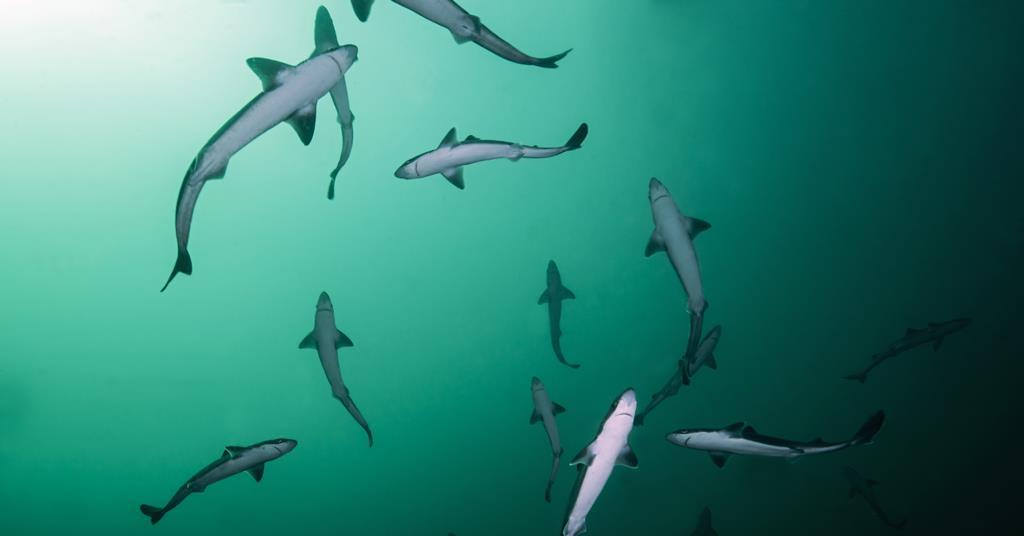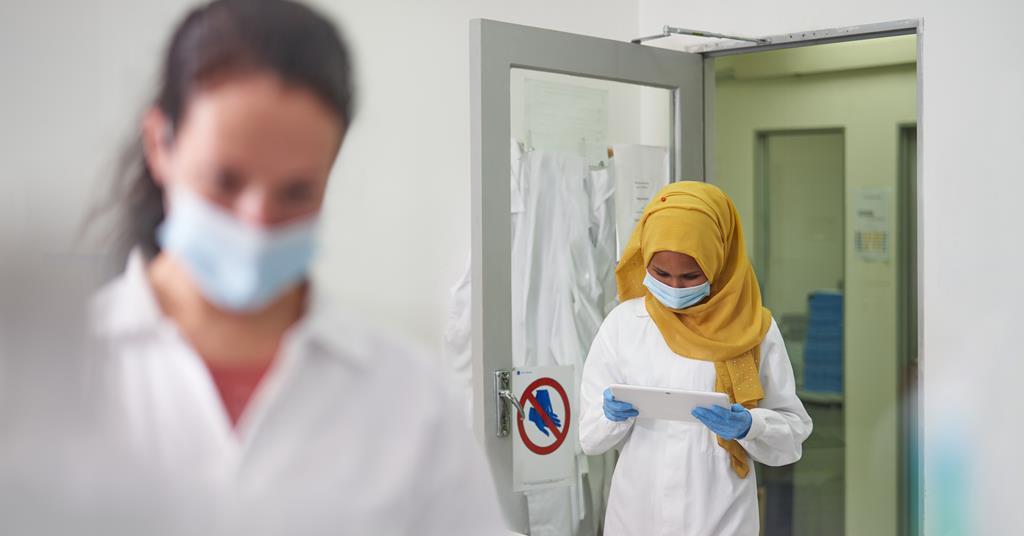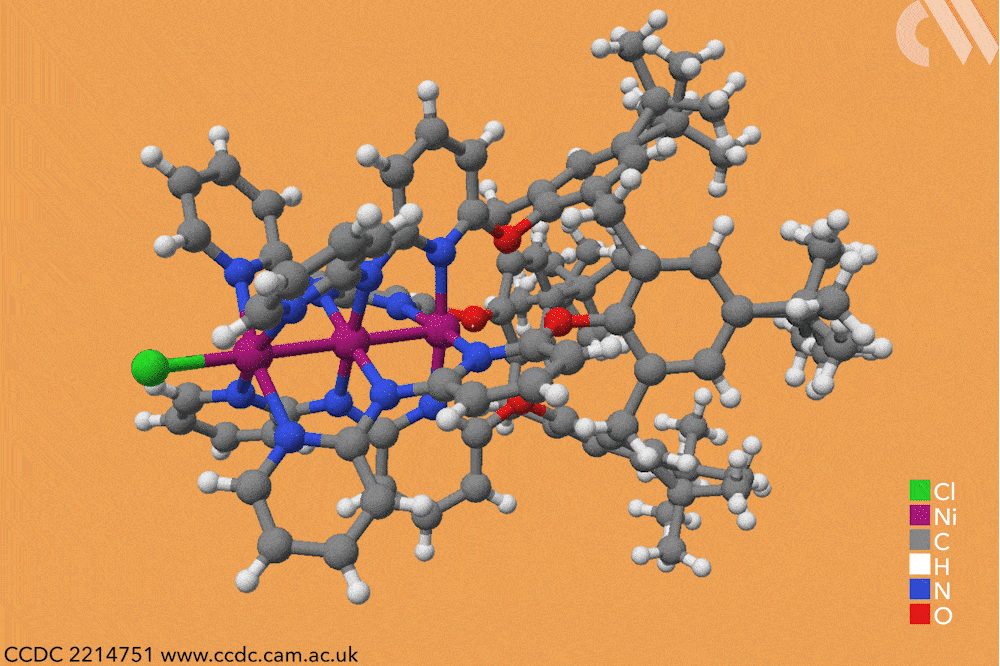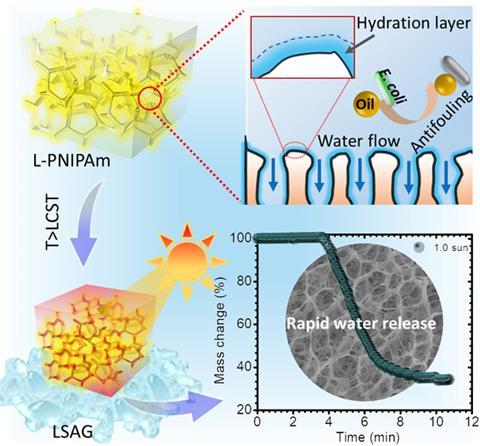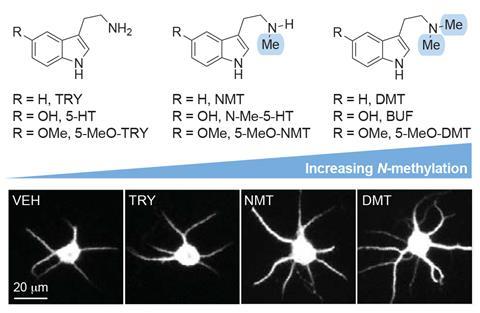Researchers in Australia and the US have synthesised and characterised 1-azahomocubane,1 over 50 years after the first reported synthesis of cubane.2 Their 16-step synthesis overcomes the main bugbear of making cubane frameworks – undesired rearrangement reactions of high-energy intermediates. Cubanes are a family of molecules in which eight carbon atoms form the vertices of a […]
Read More

